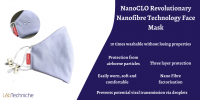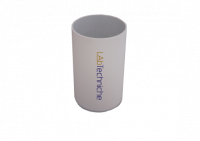LabTechniche
Our UK based company is situated on the south coast and provides Laboratory equipment for research and Industry.
For Deposition and Vacuum Industry requirements please visit our sister company VacTechniche.
WELCOME TO
LabTechniche
Our Uk based company is situated on the south coast and provides Laboratory equipment for research and Industry.
For Deposition and Vacuum Industry requirements please visit our sister company VacTechniche.
Desktop Coaters
Best Selling Products
Recent Products
laboratory equipment of Lab Techniche, a sister company to VacTechniche, has been formed by Ray Whitehouse as a result of customer requests for new and competitive products for industry and research laboratories.
Since the late 1970’s, Ray has gained vast experimental experience with laboratory equipment from working at establishments such as Morganite Crucible (Norton, Worcester), RSRE(Malvern), Dolphin Packaging (Cheltenham). VG Special Systems, VG Sheetmetal, Vacuum Generators(Hastings), Kurt J Lesker(Hastings) and UHV Design (Lewes).

Laboratory equipment refers to the various tools and equipment used by scientists working in a laboratory:
The classical Laboratory equipment includes tools such as Bunsen burners and microscopes as well as specialty equipment such as operant conditioning chambers, spectrophotometer, and calorimeters. Laboratory equipment is tools and equipment used by scientists who work in a laboratory.
We offer a wide selection of laboratory equipment and accessories to meet your needs.













